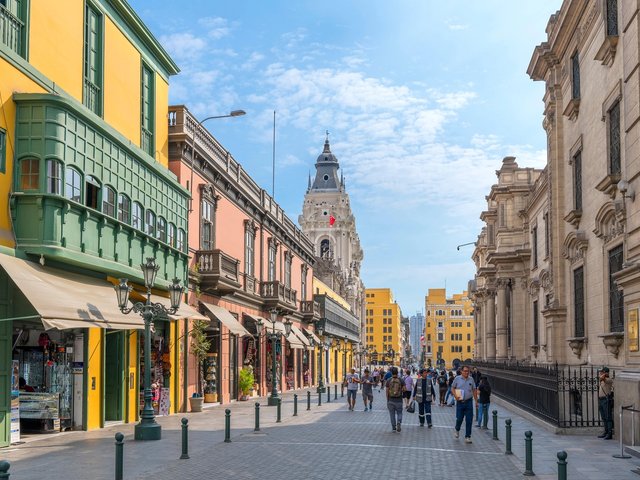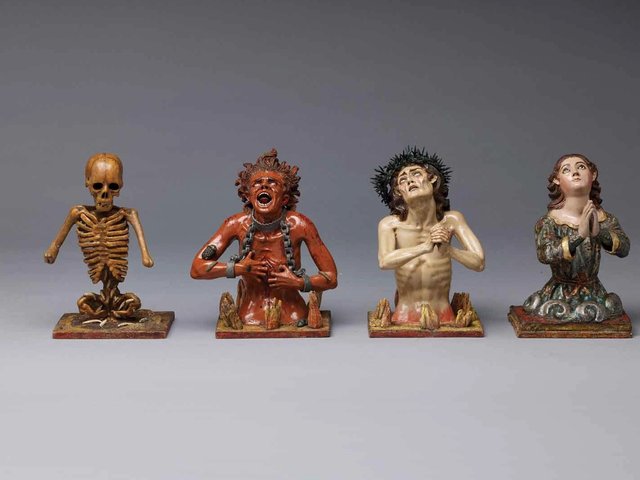A broad overview of colonial art in the Spanish New World is currently on view at the Brooklyn Museum. “Converging Cultures: art & identity in Spanish America” assembles more than 200 textiles, manuscripts, ceramics, decorative works of art in stone and silver, religious sculpture, paintings, furniture, and architectural elements made during the sixteenth to nineteenth centuries in what is today Mexico, the Southern United States, and much of South America.
Originally planned to mark the 1992 Columbus quincentennial, the exhibition revels in the hybrid nature of the art produced during three centuries of Spanish dominion in the viceroyalties of New Spain and Peru.
“We’re not trying to separate out Indian from European”, explains Diane Fane, the museum’s curator of the arts of the Americas, and co-organiser of the exhibition with Brooklyn’s decorative arts curator Kevin Stayton and European painting and sculpture curator Sarah Faunce.
The integration of Old and New is a leitmotif. A sixteenth-century Mexican painted linen deploys both native place symbols and a depiction of a Catholic church to denote villages on a crude map. An Inca tapestry features a Spanish coat-of-arms, executed for a conquistador or perhaps a member of the native elite who collaborated with the invaders.
While native crafts were adopted for European purposes, European forms received native imagery as well. A set of eighteenth-century Cuzco School paintings bring Baroque realism to the portrayal of fourteen Inca Kings. An eighteenth-century silver cup from Peru is completely European in shape, but chased with Inca women in emulation of carvings on ritual drinking cups.
The exhibition is drawn almost entirely from the museum’s rich colonial collection, the bulk of which was acquired on a 1941 expedition by former curator Herbert Spinden. But there are significant loans as well, such as the Hispanic Society of New York’s stunning sixteenth-century Mexican bishop’s mitre whose hummingbird featherwork depicts the Crucifixion and Flight to Egypt—one of many adaptations of native craft to the liturgical requirements of the Church.
“Converging Cultures: art & identity in Spanish America” continues at the Brooklyn Museum until 11 August , after which it will be presented at the Phoenix Art Museum (December 1996-February 1997) and the Los Angeles County Museum of Art (30 March-8 June, 1997). The exhibition is sponsored by NYNEX, the NEH and the NEA.
Originally appeared in The Art Newspaper as '1492 plus some'



